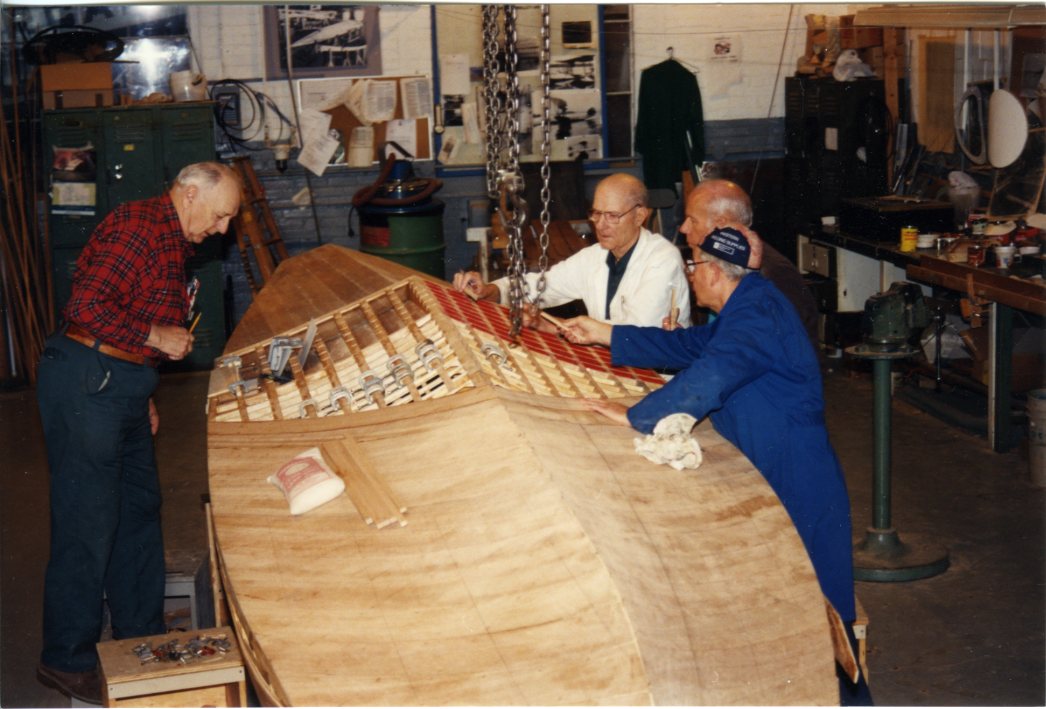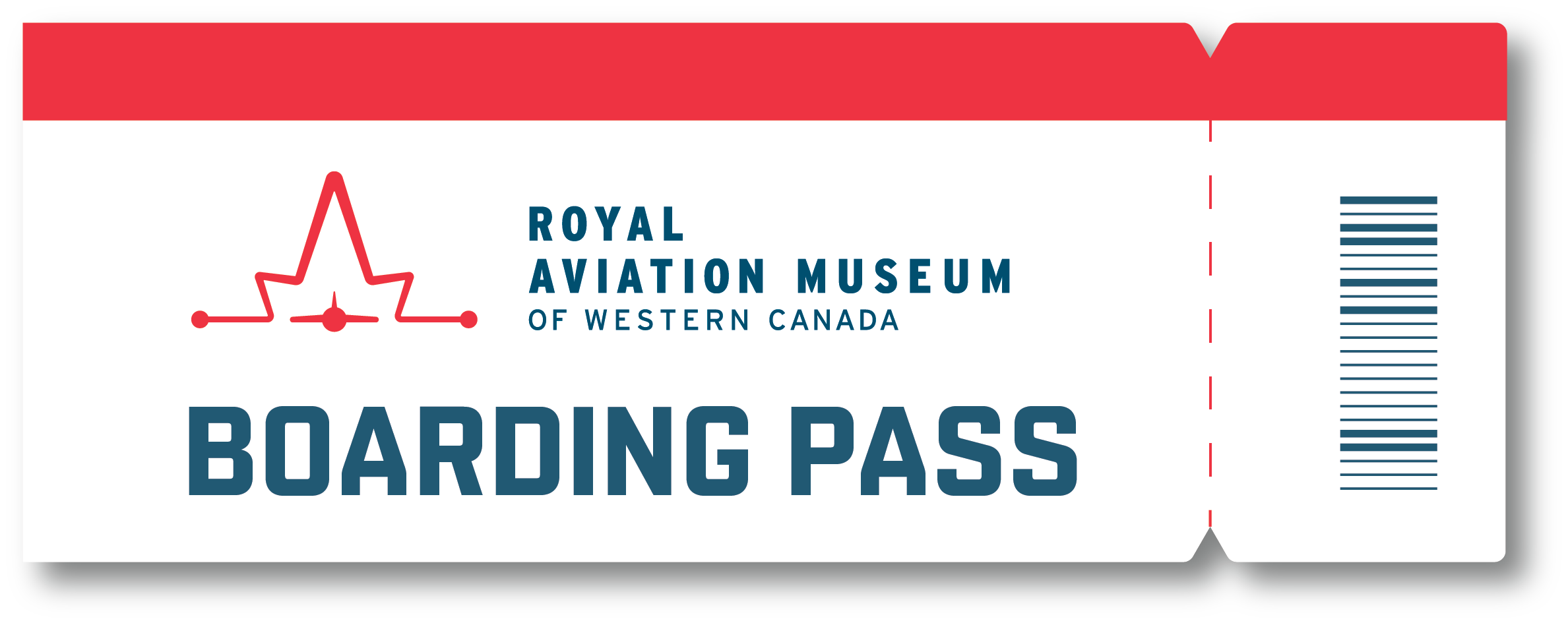Custom Built for Northern Flight
THE CANADIAN VICKERS VEDETTE was the first military aircraft designed and manufactured in Canada and it played an important role for the Royal Canadian Air Force and government in the 1920s. Finding a Vedette for the museum collection was high on the wish list for the founders of the Royal Aviation Museum of Western Canada. When the founders went looking for a Vedette, it became apparent that no complete examples were in existence. They quickly concluded that if the museum wanted a Vedette, they would have little choice but to build their own.
Sixty-one Canadian Vickers Vedettes were manufactured, most of which were initially used by the Royal Canadian Air Force for aerial surveying and mapping. Unfortunately, many of the Vedettes were lost. Some sank to the bottoms of lakes, some crashed and others were turned into boats. A fire at the Vickers factory in Montreal had long since destroyed all of the designs and blueprints–further complicating matters for the museum’s founders.
Three separate Vedettes were used to generate information for the museum’s replica.
The first was Vedette, G-CASW, which had crashed into a mountain on Porcher Island in British Columbia while conducting a forest fire survey. The crew escaped the incident without injury, and their crash report led museum investigators to the site of the dilapidated wreck 70 years later. What remained of the wooden hull was lifted off the mountain by helicopter, and transported back to Winnipeg for examination and preservation.
The second was Vedette, CF-MAG, which was owned by the Manitoba Government Air Service. In 1937, the Air Service had already begun phasing out the aging Vedettes from the fleet and so when the engine failed–forcing the pilot to land in a swamp near Cormorant Lake in northern Manitoba–the Air Service decided to abandon and torch CF-MAG. This turned out to be a stroke of luck because the museum’s dive team–which found the wreck in 1975 and recovered much of the fuselage in 1977– discovered that charring from the fire had preserved many delicate wooden fragments of the wings and hull.
Preserved pieces of a third Vedette were loaned to the museum by the Canada Aviation and Space Museum in Ottawa. These fragments would form the groundwork for the creation of blueprints. Thankfully, restoration volunteer Doug Newey, who had recently retired from Bristol Aerospace, had worked at the Vickers plant in Montreal, building Vedette wing struts early in his career. By memory and painstaking examination of the assembled Vedette remains, Newey was able to reproduce calculations and drawings that were used to create a set of blueprints. These are the only set of Vedette blueprints in existence.


